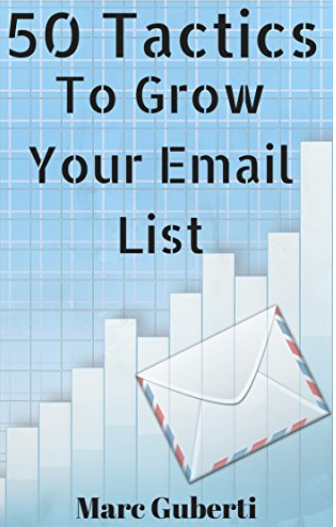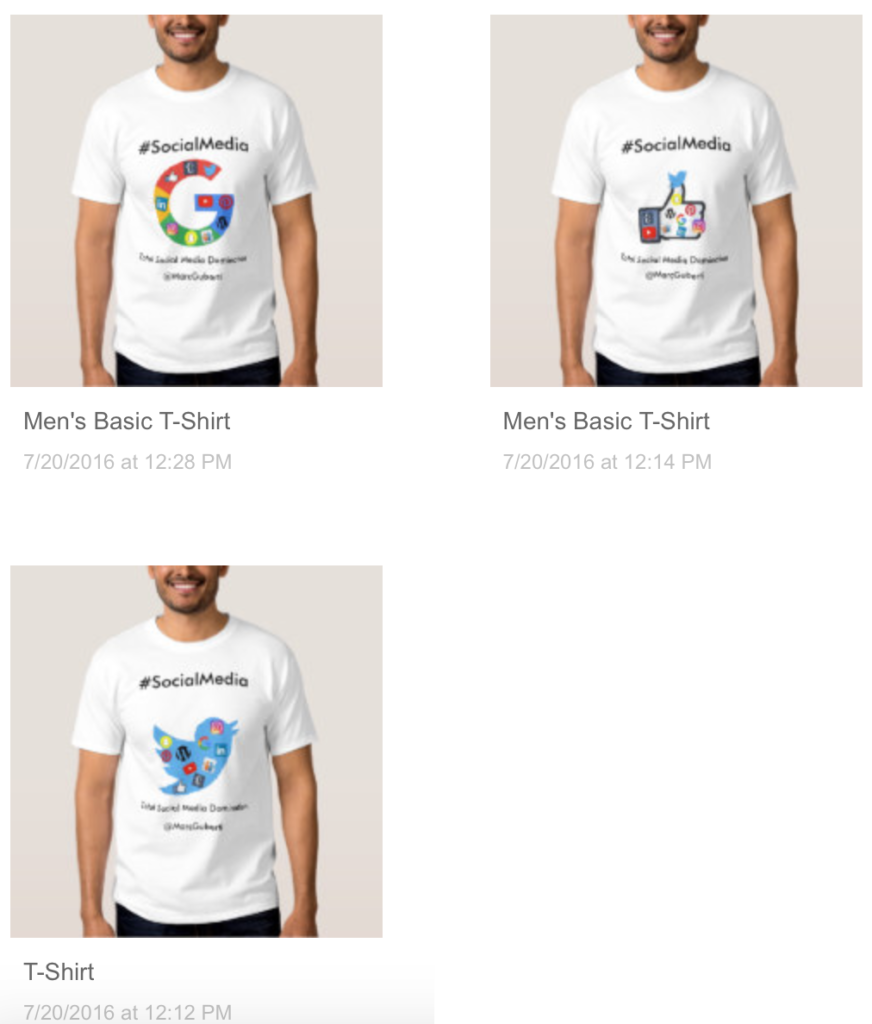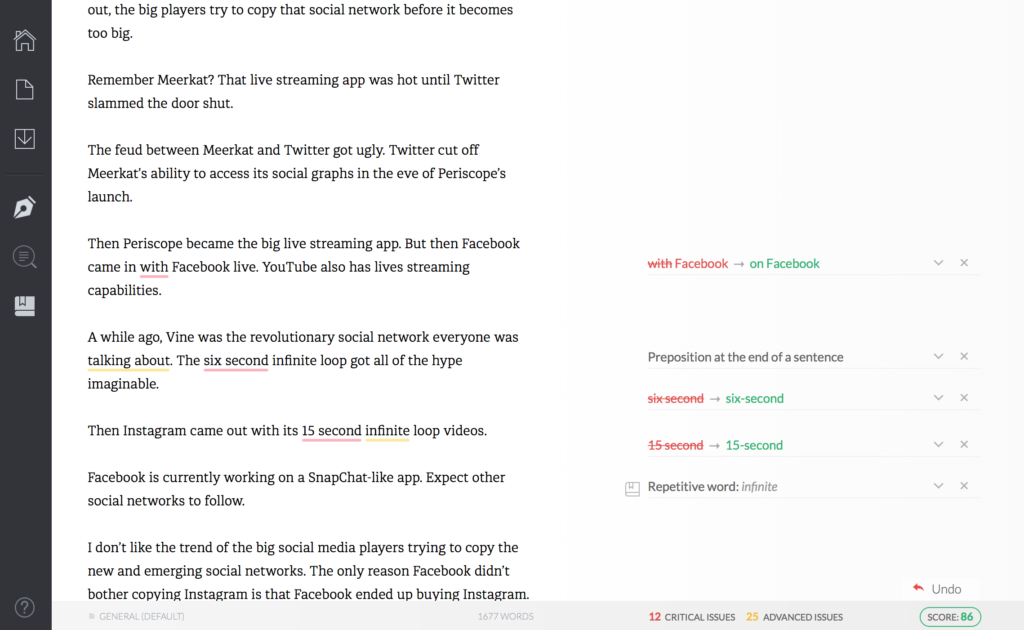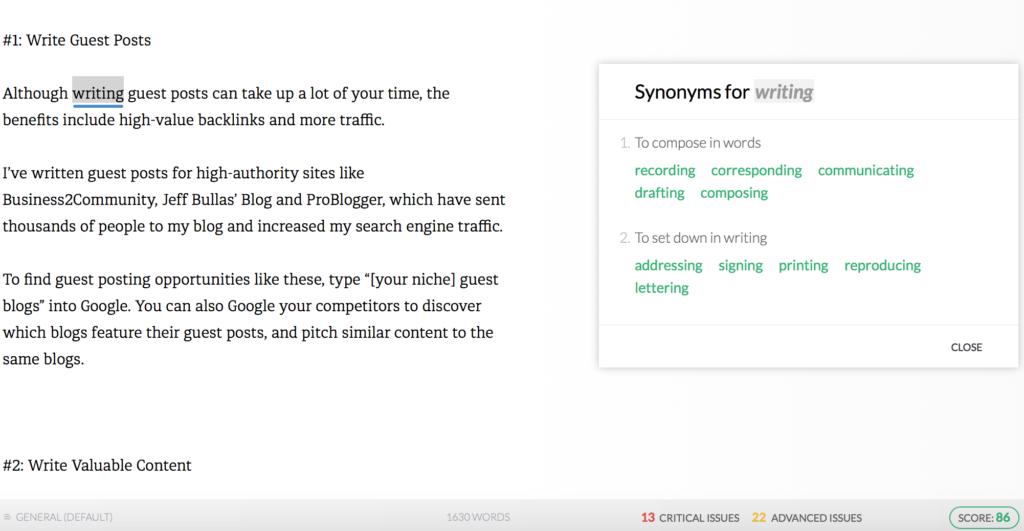Pareto’s 80/20 Principle is the one rule you need to master in order to be productive every day of your life. Discover why this rule is so important and how you can use it to increase business sales.
Pareto’s Principle has had a significant impact on my journey as an entrepreneur. It allows me to address my priorities and gives me a reason to pursue those instead of the shiny objects that get in the way of most people’s success.
If you enjoy the video, please don’t forget to subscribe to my YouTube channel.
[Tweet “How To Leverage Pareto’s 80/20 Principle For Your Business.”]









